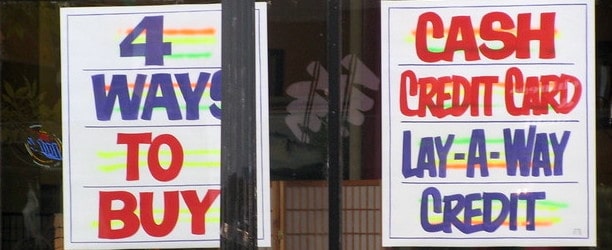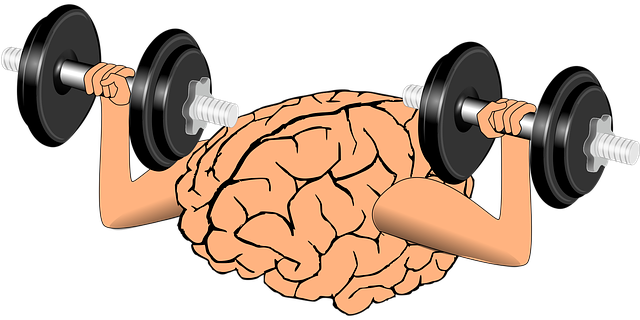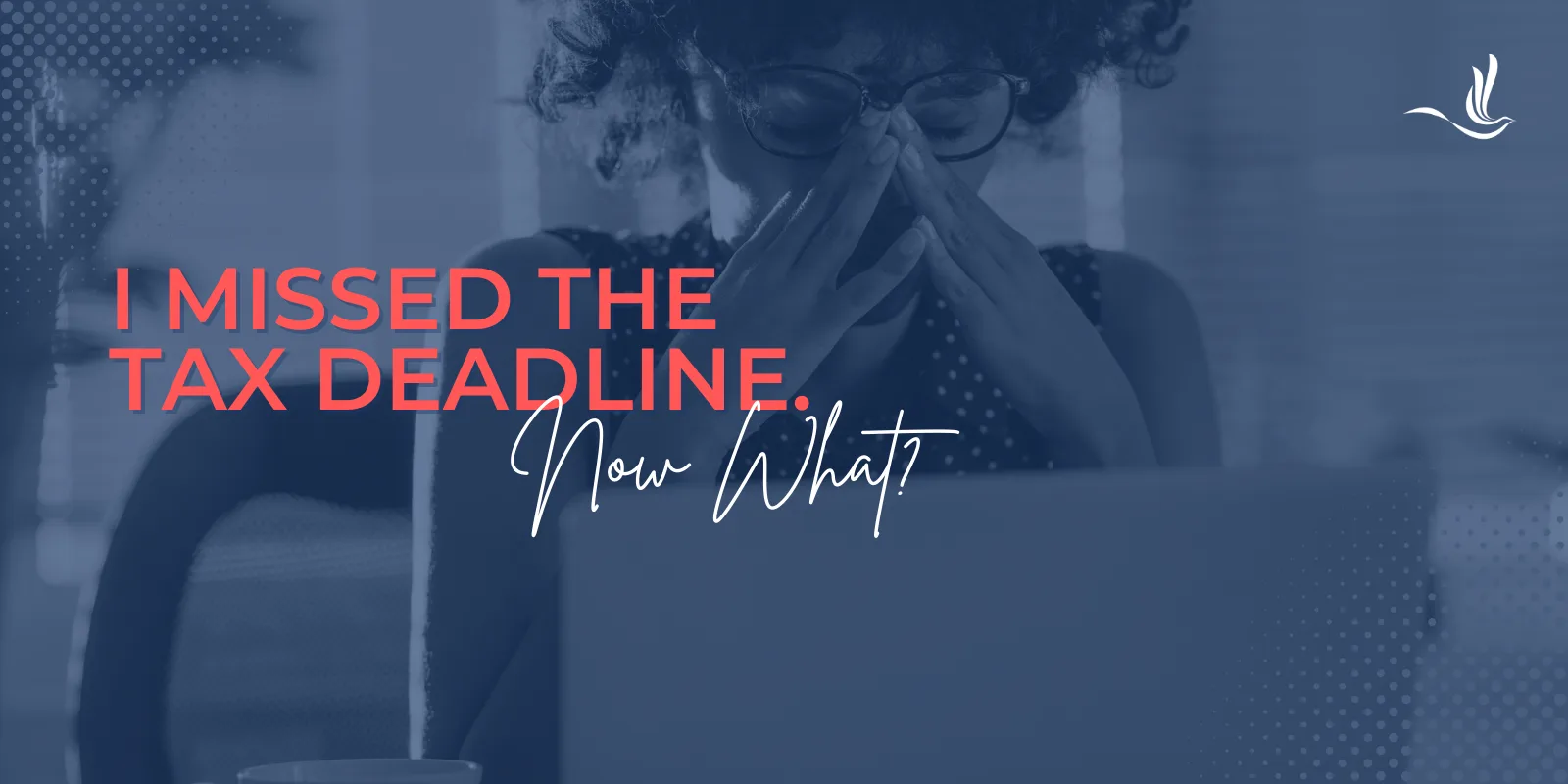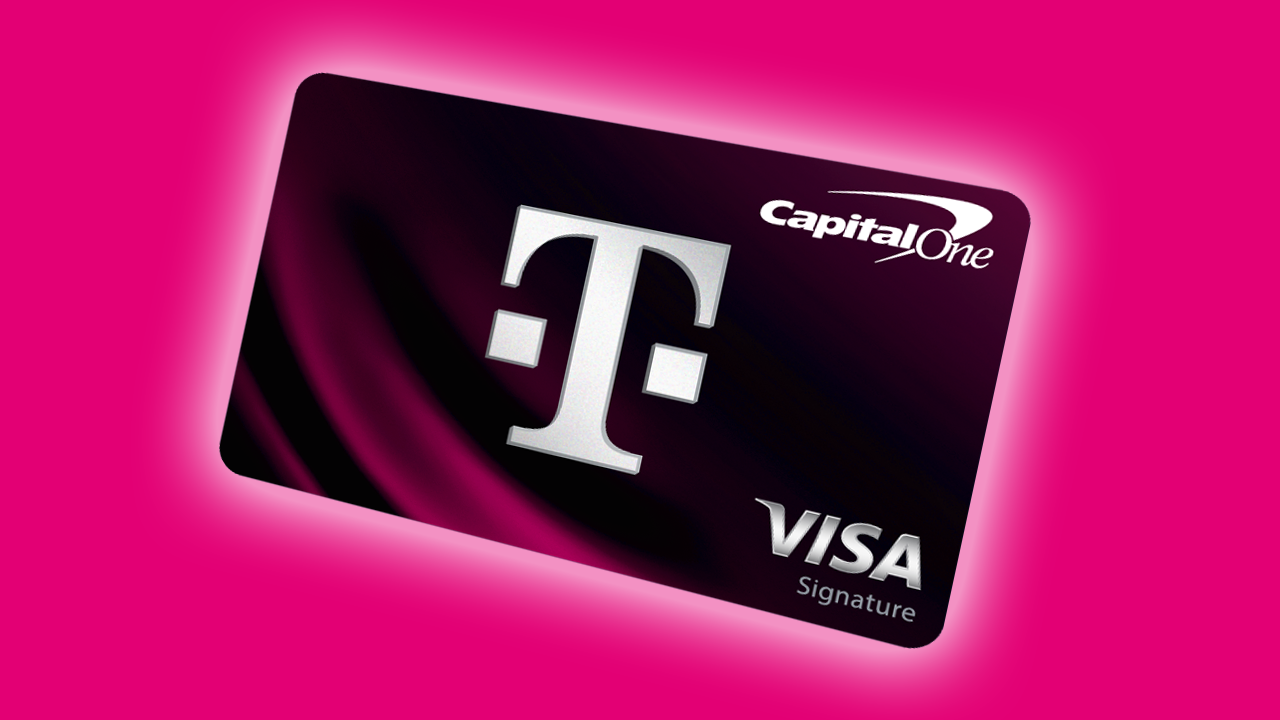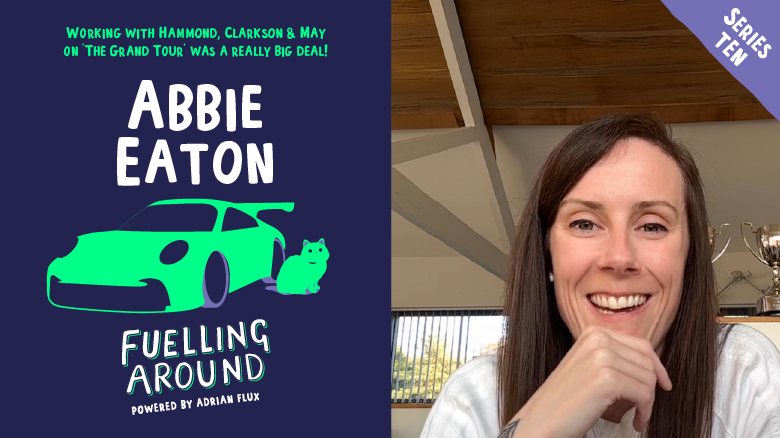Last week, I argued that mortgage rates remain in a downward trend, despite some pullback lately.
The 30-year fixed had almost been sub-6% when the Fed announced its rate cut. That “sell the news” event led to a little bounce for rates.
Then a hotter-than-expected jobs report days later pushed the 30-year up to 6.5% and rates kept creeping higher from there.
They’re now closer to 6.625% and have reignited fears that the worst may not yet be behind us.
Whether that’s true or not, you can’t get a rate as low as you could just three weeks ago, and that makes the temporary buydown attractive again.
You Don’t Get Your Money Back on a Permanent Buydown
While some home buyers and mortgage refinancers were able to lock-in sub-6% rates in September, many are now looking at rates closer to 7% again.
This has made mortgage rates unattractive again, especially since there aren’t many lower-cost options around these days, such as adjustable-rate mortgages.
You’re basically stuck going with a 30-year fixed that isn’t worth keeping for anywhere close to 30 years.
And you’re paying a premium for it because the rate won’t adjust for the entire loan term.
One option to make it more palatable is to pay discount points to get a lower rate from the get-go.
But there’s one major downside to that. When you buy down your rate with discount points, it’s permanent. This means the money isn’t refunded if you sell or refinance early on.
You actually need to keep the loan for X amount of months to break even on the upfront cost.
For example, if you pay one mortgage point at closing on a $500,000 loan, that’s $5,000 that will need to be recouped via lower mortgage payments.
If rates happen to drop six months after you take out your home loan, and you refinance, that money isn’t going back in your pocket.
It’s gone forever. And that can obviously be a very frustrating situation.
Is It Time to Consider a Temporary Buydown Again?
The other option to get a lower mortgage rate is the temporary buydown, which as the name implies is only temporary.
Often, you get a lower rate for the first 1-3 years of the loan term before it reverts to the higher note rate.
While these have been painted as higher-risk because they’re akin to an adjustable-rate loan, they could still bridge the gap to lower rates in the future.
And perhaps most importantly, the money spent on the temporary buydown is refundable!
Yes, even if you go with a temporary buydown, then refinance or sell a month or two later, the funds are credited to your outstanding loan balance.
For example, if you’ve got $10,000 in temporary buydown funds and all of a sudden rates drop and a rate and term refinance makes sense, you can take advantage without losing that money.
Instead of simply eating the remaining funds, the money is typically used to pay down the mortgage, as explained in Fannie Mae’s chart above. Say you’ve got $9,000 left in your temporary buydown account.
When you go refinance, that $9,000 would go toward the loan payoff. So if the outstanding loan amount were $490,000, it’d be whittled down to $481,000.
Interestingly, this could also make your refinance cheaper. You’d now have a lower loan amount, potentially pushing you into a lower loan-to-value (LTV) tier.
What Are the Risks?
To sum things up, you’ve got three, maybe your options when taking out a mortgage today.
You can go with an ARM, though the discounts often aren’t great and not all banks/lenders offer them.
You can just go with a 30-year fixed and pay nothing in closing for a slightly higher rate, with the intention of refinancing sooner rather than later.
You can pay discount points at closing to buy down the rate permanently, but then you lose the money if you sell/refinance before the break-even date.
Or you go with a temporary buydown, enjoy a lower rate for the first 1-3 years, and hope to refinance into something permanent before the rate goes higher.
The risk with an ARM is that the rate eventually adjusts and could be unfavorable. As noted, they are also hard to come by right now and may not offer a large discount.
The risk with a standard no cost mortgage is the rate is higher and you could be stuck with it if rates don’t come down and/or you’re unable to refinance for whatever reason.
The risk with the permanent buy down is rates could continue falling (my guess) and you’d leave money on the table.
And the risk of a temporary buydown is somewhat similar to an ARM in that you could be stuck with the higher note rate if rates don’t come down. But at least you’ll know what that note rate is, and that it can’t go any higher.
Read on: Temporary vs. permanent mortgage rate buydowns
Publisher: Source link

